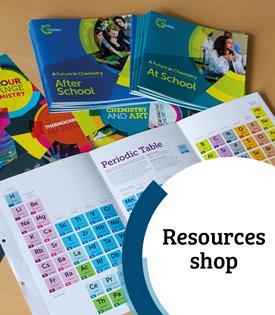Help farmers produce crops in areas at risk of flooding
Practical Action’s floating garden challenge and its related resources tasks learners to design and build a model structure that will enable farmers to produce crops in areas that are liable to flooding.
Teacher notes, student worksheets and a starter activity, a PowerPoint and certificates for the Practical Action floating garden challenge can be found here.
Skill development
Children will develop their working scientifically skills by:
- Asking their own questions about scientific phenomena.
- Selecting and planning the most appropriate ways to answer science questions, including:
- Researching using a wide range of secondary sources of information.
- Carrying out comparative and fair tests.
- Drawing conclusions and raising further questions to be investigated, based on their data and observations.
- Using appropriate scientific language and ideas to explain, evaluate and communicate their methods and findings.
Learning outcomes
Children will:
- Identify and compare the suitability of everyday materials for particular uses.
Concepts supported
Children will learn:
- That the properties of a material will affect its suitability for a purpose through the context of floating and sinking.
Suggested activity use
You could use this resource as part of a teaching sequence with children working in small groups to address the floating garden challenge. Alternatively, the resource could make a great activity for STEM or science days or be used as part of a science club. You may wish to set aside several afternoons to allow the children time to think, design and test their possible flotation devices.
This activity provides good cross-curricular links with maths and design technology.
Practical considerations
The duration of the overall activity can vary considerably, depending on the depth to which you wish to go, potentially making this activity lengthy.
Children may need prior knowledge of floating and sinking. Other children may need to recap this knowledge before starting the activity.
You should check the resource list carefully to make sure they have all the items required.
Children may need some initial support in coming up with ideas for their designs.

















